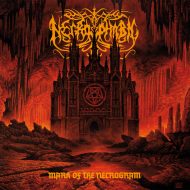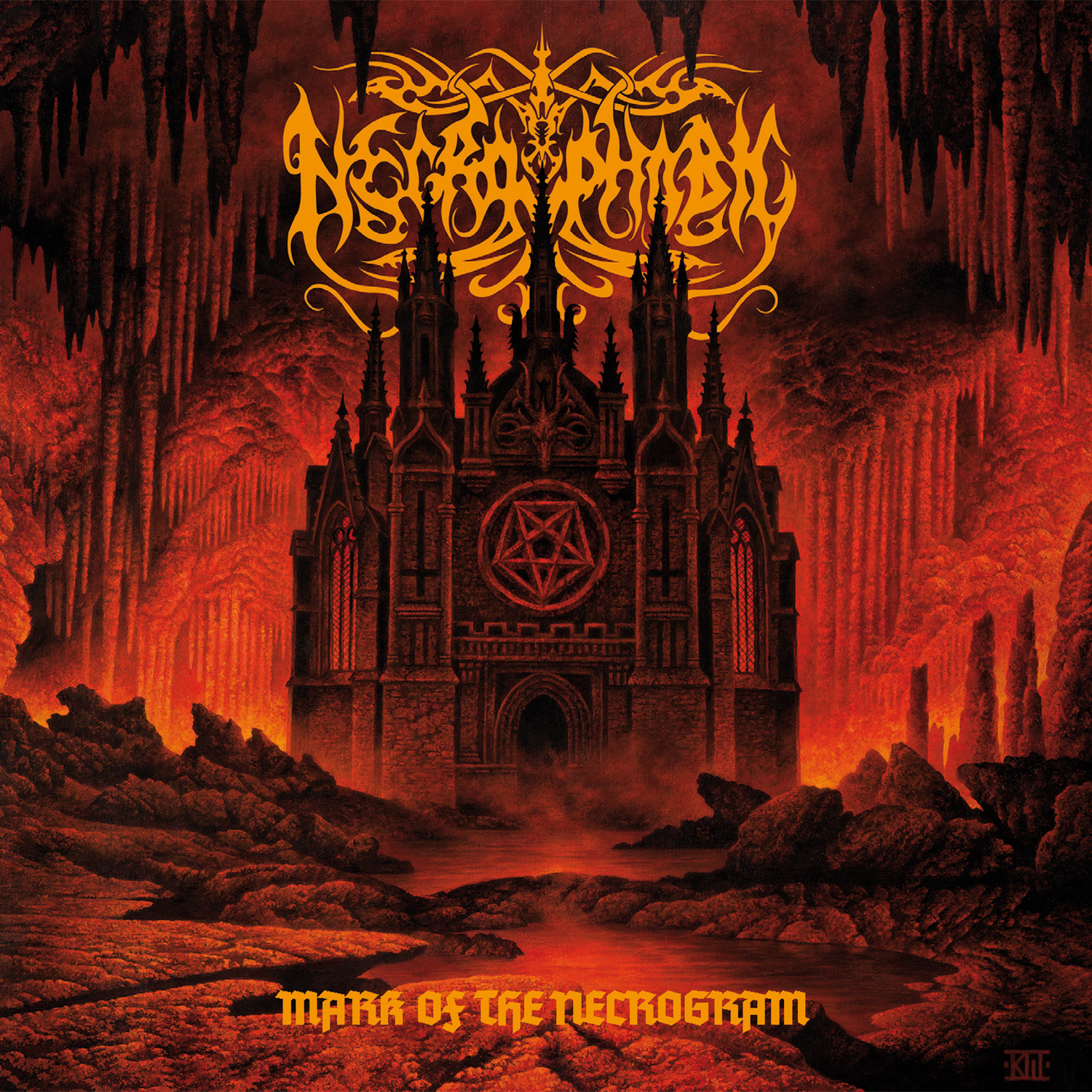 Eight albums over almost three decades doesn’t feel like enough for a band that is part of the fabric of the Swedish extreme metal scene and has been active pretty much the whole time. But the history of Necrophobic is hardly straightforward and, for whatever reason, never quite hit the crest of the black metal wave in the way that some of countrymen of equal quality have done – and which they have so clearly deserved based on their output. Flicking through the band’s back catalogue is unlikely to offer up any clues why that might be but it’s tempting to suggest that 2013’s Womb of Lilithu – so very nearly the band’s magnum opus and clearly an ambitious attempt to be – was a bit of a misstep at precisely the wrong time for the band. Yes, it contained some of the band’s strongest material to date – Furfur and Astaroth, for example – but it lagged in the middle when it should have been excavating the epic darkness that the band, even with so many line-up changes, has been capable of finding so often in the past.
Eight albums over almost three decades doesn’t feel like enough for a band that is part of the fabric of the Swedish extreme metal scene and has been active pretty much the whole time. But the history of Necrophobic is hardly straightforward and, for whatever reason, never quite hit the crest of the black metal wave in the way that some of countrymen of equal quality have done – and which they have so clearly deserved based on their output. Flicking through the band’s back catalogue is unlikely to offer up any clues why that might be but it’s tempting to suggest that 2013’s Womb of Lilithu – so very nearly the band’s magnum opus and clearly an ambitious attempt to be – was a bit of a misstep at precisely the wrong time for the band. Yes, it contained some of the band’s strongest material to date – Furfur and Astaroth, for example – but it lagged in the middle when it should have been excavating the epic darkness that the band, even with so many line-up changes, has been capable of finding so often in the past.
That leaves us here and now, five years on from that and nearly a decade from Death to All feeling like we’re on a bit of a comeback, perhaps only because of a few mediocre songs on an album that was better than most bands produce in a lifetime. Such is the curse of expectation but Necrophobic is now back together with its original singer (Anders Strokirk, after the previous singer was unceremoniously turfed out after a rather unsavoury incident involving his girlfriend landed him in the local penitentiary) and two former guitarists, who’ve both been members of Nifelheim, among other bands, in the meantime. Could the stars finally be aligning for Necrophobic? Pick any track at random and you might be forgiven for thinking so. Single Pesta was pretty stunning and promised much and he first blistering riff of opening track Mark of the Necrogram heralds a band not so much bouncing back as ripping a hole in this fragile reality of ours to let the demons loose.
Things don’t really let up from there – the average speed throughout most of the album is high octane levels and the frenzied leads are the musical equivalent of being strafed by an F-35 stealth fighter. And, as I said, each track taken in isolation, is a bitter sweet slice of blackened death metal. On the other hand that doesn’t save this album from the lack of highs and lows and some pretty forgettable tracks – mostly in the first part of the album. Odium Caecum is very nearly a classic piece of Necrophobic with its macabre, dancing lead attack but the job has been done so much better elsewhere and on previous albums. In fact the first half of the album is dogged by clinically executed tracks which lack the mind-blowing hooks and ugly aggression we’ve been spoilt by in the past.
By the time the second half of the album arrives to the rescue with the aforementioned Pesta and the final three tracks delivering the goods at last, it’s a little too late. The anthemic Requiem For A Dying Sun, the martial Crown of Horns and the stratospheric From The Great Above To The Great Below are all excellent but I still can’t help longing for a shot of Death to All and Hrimthursum to remind me what I loved about Necrophobic in the first place. Nostalgic nonsense this may be, but I miss the ragged and raw vocals of Tobias Sidegård and the ritualistic celebration and deeply black streak of humour that ran through the likes of For Those Who Stayed Satanic and Blinded by Light, Enlightened by Darkness. Mark Of The Necrogram is arguably more subtle and finely tuned than those outings and there is undeniably a confidence in these soaring riffs and majestic cross-fire solos – probably the most impressive aspect of Mark of the Necrogram – but its all a little too clinical for my liking and without as much of the dark heart that has been beating in past albums.
(7.5/10 Reverend Darkstanley)

Leave a Reply